Tag: Electric Vehicles

Municipalities in North America are increasingly focusing on green initiatives and sustainability for a variety of reasons. While many cities […]

Many fleets today have their own reasons for needing accurate GHG reporting. It could be to monitor the implementation of EVs or alternative fuels, or simply to understand which vehicles are contributing most to their overall emissions. Regardless of the reason, there are several ways a fleet could benefit.
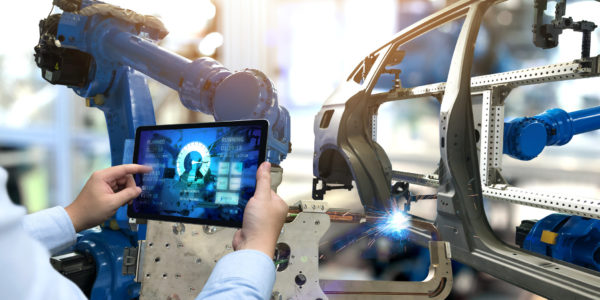
For fleets that have kept waiting patiently, this year has brought an exciting onset of “firsts” in the EV market. This is great news for different types of fleets, from emergency services to shipping to utilities, who now have one more option to help future-proof operations and meet long-term sustainability goals.

While fleets are concerned with the procurement of EVs, energy suppliers are concerned with ensuring the grid can even support such a large increase in demand. The US Department of Energy estimates that electricity consumption could go up by 38 percent by 2050 due to the transition to EVs. The challenge now is generating enough clean energy to support this change.
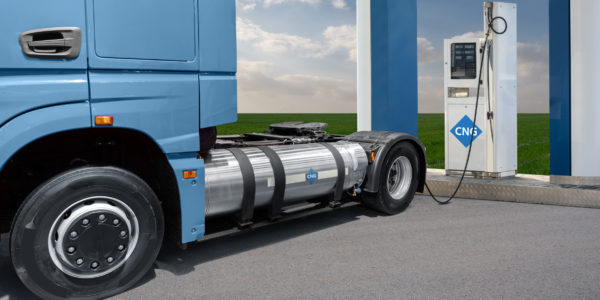
CNG is an alternative fuel that has been used in fleet for decades. There are over 175,000 CNG-powered vehicles in the US today. Many are wondering, however, is investing in CNG worth it if electrification is the end goal?

Alternative fuels are on the top of many fleet managers’ minds these days. Fleets are exploring new ways to get the job done while remaining operationally efficient, cost effective and sustainable. As a result, many managers are introducing a mix of electric, hydrogen, and natural gas-powered vehicles into their fleet to work alongside traditional gas and diesel ICEVs.
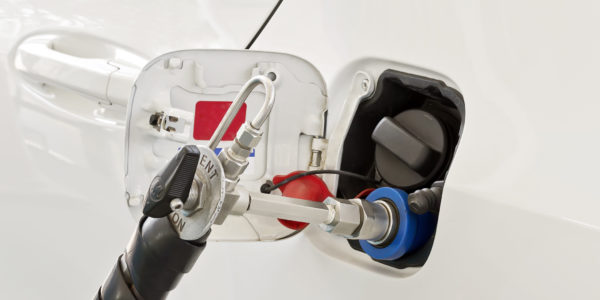
As EV production struggles to keep up and delivery dates keep being pushed back, many fleets are left wondering whether their sustainability goals are even feasible in the immediate future. One potential solution is the use of natural gas to power light- to heavy-duty vehicles.
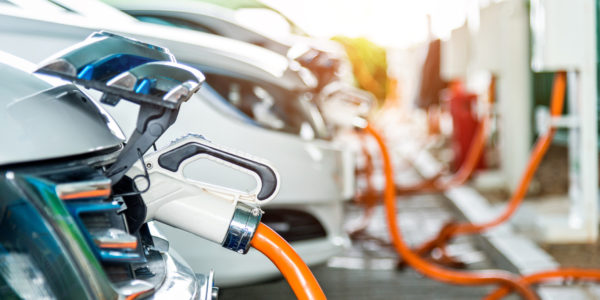
Choosing to charge EVs on-site or at drivers’ homes each come with their own pros, cons and general considerations from infrastructure installation to electricity costs to charging schedules.

In addition to extreme temperatures and battery degradation, EV drivers are noticing another phenomenon affecting their battery performance and fuel efficiency. Phantom drain, also known as vampire drain, occurs when energy is lost from a battery when the vehicle is not in use.
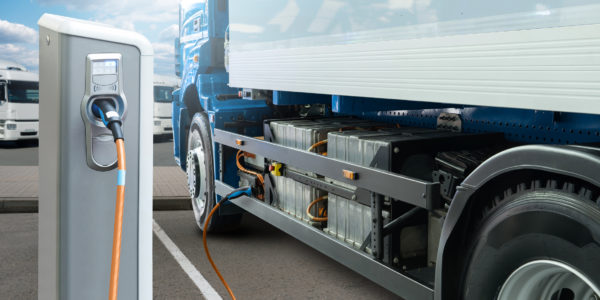
Charging infrastructure is a crucial element of electrification that many leave as an afterthought to EV adoption. Installation of EV infrastructure can take up to months, and fleet managers must consider their charging strategy, budget, available space and the infrastructure company they will work with.

For those opting to phase out ICEVs, the go-to alternative is typically electric vehicles. However, another technology being explored and invested into is hydrogen-powered vehicles (FCEVs).

Creating a charging strategy is an essential step of electrification that many do not realize should be done well in advance of receiving new EVs. Fleets looking to build an entire charging station with several ports for fleets can be looking at months of installation time.

Santa Monica’s Zero Emissions Delivery Zone is the first LEZ in the country. The initiative targets last-mile delivery vehicles and is pushing for electrification and micromobility in last-mile delivery.

There is more internal and external pressure than ever before for organizations to make their practices sustainable and to find different ways of doing so. This can mean something different for each distinct organization, especially when it comes to how they approach it.
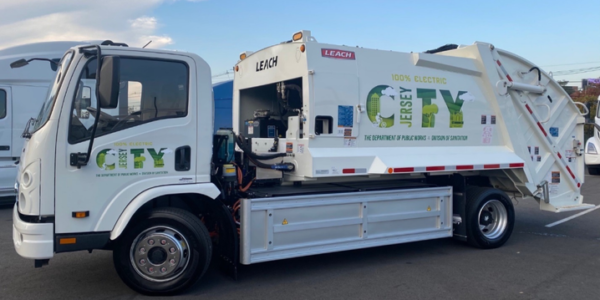
Jersey City is set to build the first self-sustainable municipal microgrid in the country that will power the city’s EV fleet and electric refuse trucks and save taxpayers over $21 million over 20 years.

EVs aren’t the only vehicles that suffer from ice cold, winter conditions. ICEVs face their own challenges in the cold that weaken vehicle performance and fuel efficiency.
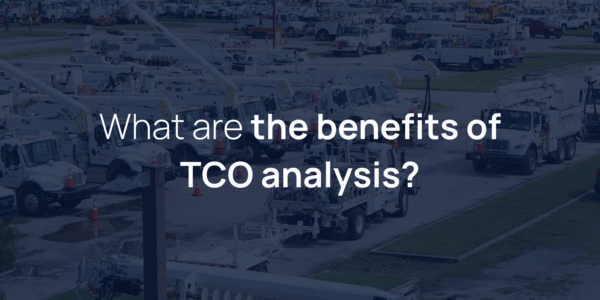
In order to know where fleet costs can be cut, it is essential to fully understand each vehicles’ total cost of ownership (TCO). This number is sum of all costs associated with acquiring a vehicle and keeping it operating throughout its lifecycle.
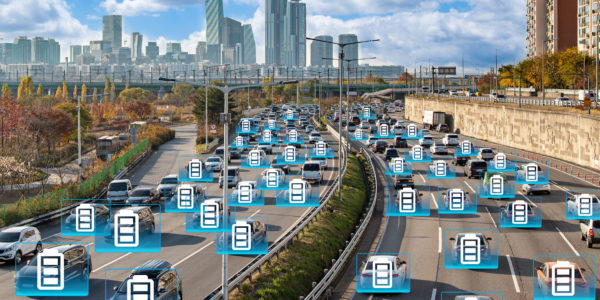
There are certain obstacles along the path to global electrification that often create hesitancies for fleet managers considering making the big switch. In addition to logistical and economic reasons, however, what the studies also revealed was that many of these limitations were largely psychological.

Even when the right vehicles for your fleet become available, there is still the question of whether they are truly the better option. Fleet managers must justify that EVs would perform at the same level as their current ICE models.

Electric vehicles tend to be the go-to green solution due to their zero-emissions claims. It is worth questioning, however, just how environmentally friendly EVs are.
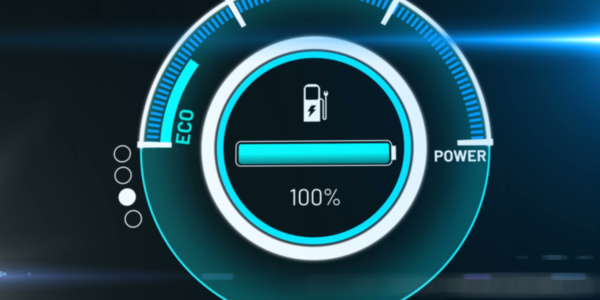
For EV drivers, the main concern from the day the vehicle is driven off the lot is battery degradation. A degraded battery suffers permanent damage that reduces the energy capacity of the battery and the amount of power it can deliver.
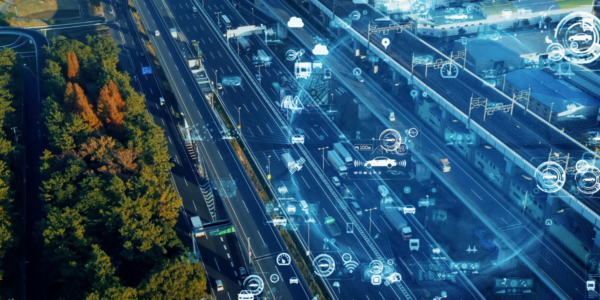
The benefits of connecting a fleet with telematics are pretty much indisputable. With such a deep collection of vehicle and driving insights, managers can dig into data to identify waste reduction opportunities and optimize performance. However, as many switch to electric vehicles they are wondering, are telematics just as useful for EV fleets?

Just as with any battery-operated item, there is an optimal operating temperature for EVs. Because of this, fleets operating in areas with extreme weather must keep this in mind during the peak of harsh winter and summer months.
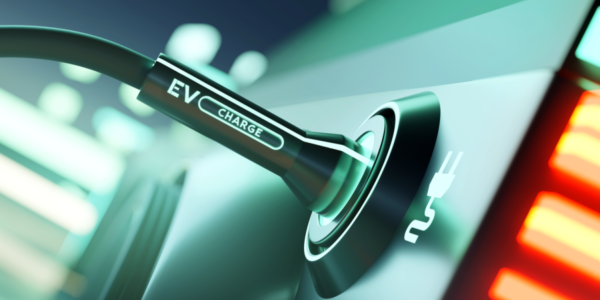
Whether it’s hesitation or logistics – I know there’s a lot of questions surrounding the electrification movement. With any new technology, there are always going to be differences of opinions and potential concerns. And electric vehicles are no different.
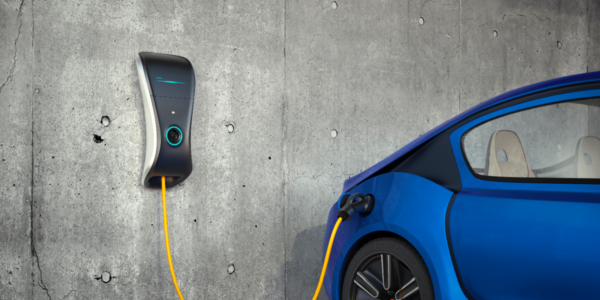
With such a major shift away from internal combustion engine vehicles, consumers and fleet managers must rethink how they are powering their vehicles. Fueling will no longer be just a gas station away, with a thoughtless five-minute refill until you’re back on the road.

Low emission zones are common throughout Europe and the UK, with over 250 protected European cities as of 2019. Though not as common in the United States, these EU cities provide a blueprint for the future of LEZs around the world.

Take-home policies are a common consideration for fleet mangers of police departments, emergency services and taxi companies. There can be many benefits to keeping vehicles out on the road instead of parked in a company garage overnight, and can help employees save on both costs and time.
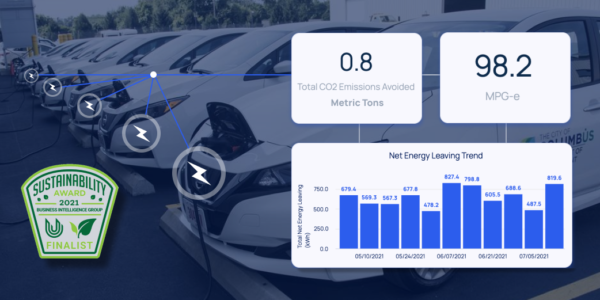
Yesterday, the Business Intelligence Group named Utilimarc as a finalist for the Sustainability Leadership Award in the 2021 Sustainability Awards program. The Sustainability Awards honor the people, teams and organizations who have made sustainability an integral part of their business practice or overall mission in 2021 and going forward.
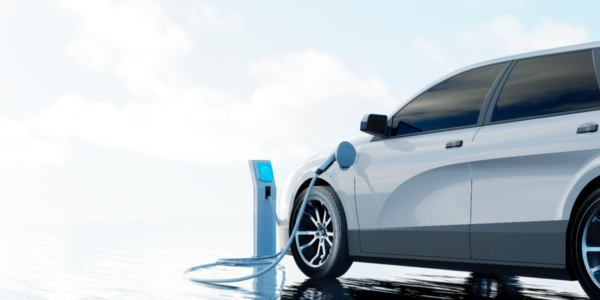
There are many factors to consider when it comes to making EVs more sustainable at every life stage. When broken down from raw material extraction to vehicle disposal, is clear to see that EV’s zero-emissions claim is really only true in operation.

With EVs requiring such high processing power and fast charging times, battery temperature is a common concern and reason for accelerated degradation. High temperatures cause irreversible damage to batteries, ultimately affecting the battery’s state of health, performance and safety.

As fleets become more sophisticated with the addition of new technology, the need for metrics to evolve also remains consistent. We’re starting with the basics: cost per mile and cost per gallon.

EVs are the future of the fleet industry. Of that, there appears to be no question – unless, of course, there aren’t electric alternatives for your current fleet mix. Because of this, it pays to have a complete understanding of the EVs you choose to purchase.

The reasons for our dependence on fossil fuels, not only nationally, but globally, are clear to see. Fossil fuels are cheap to produce, abundant and reliable, and ultimately, have all the infrastructure in place to make production relatively easy.
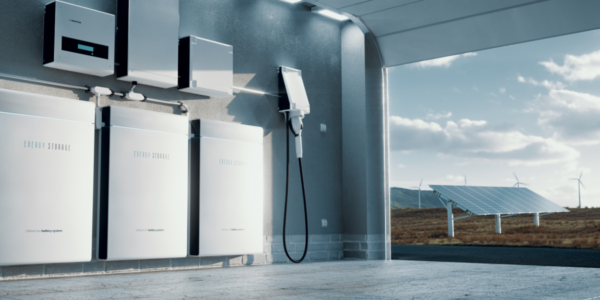
Solar energy has grown rapidly in the past decade, reaching 97 gigawatts of capacity by 2020 (enough to power 18 million homes). Though only 11% of the renewable energy consumed in the US is solar, this figure is expected to more than double by 2050.

As with any major investment, the initial and ongoing costs must be weighed carefully against their ultimate value to figure out total cost of ownership. However, the metrics by which this value is measured must be clearly determined – if not, any value provided is subjective and non-quantifiable. So, how do we calculate this elusive figure called ROI?

As every state has varying grid capacities, and differing patterns of consumption during different times of year, grid operators will have to carefully manage energy consumption. Considerations will include seasonal changes in electricity use, peak and off-peak usage times throughout the day and whether purchasing electricity from other states could be an alternative solution.

With so many short- and long-term environmental and economic benefits of a large-scale switch to electric technology, more businesses and governments on all levels are pledging to achieve net-zero emissions in the upcoming few decades.

A 2019 study by Volvo found that more than half of the drivers surveyed were unwilling to buy EVs because they were afraid they’d run out of power before being able to charge their vehicle, while 49 percent voiced concern about the limited number of charging stations.
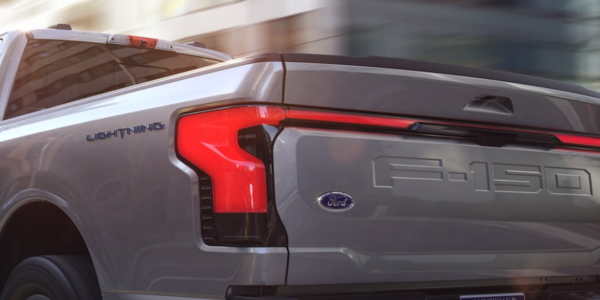
Most people tend to associate electric vehicles with smaller, lighter duty models that are not designed for heavier work loads. However, with Ford’s new F-150 model, they are setting themselves apart from their competitors by pushing the boundaries and setting the standard for other brands to pursue fully-electrified models that can get the tough jobs done in the future.

Regardless of the inefficiencies, hydrogen does have the advantage in terms of range, lightness, and quick refueling. The issues come with the process of actually getting the fuel source to the car without losing so much power.

When you look at the amount of major manufacturers that are now talking about changing from gasoline and diesel to electricity, it’s not just the startup companies anymore. It’s actually now large companies General Motors, Chevrolet and Ford that are making the shift.
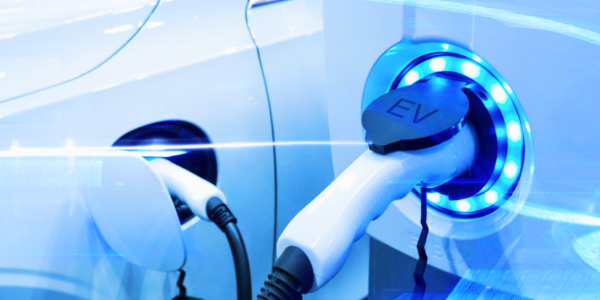
Digging into your data will be essential in this transition, especially if you’re looking to identify opportunities within your operations structure that could in fact be more sustainable that they currently are. Telematics can be a large help, but the data means nothing if you don’t do anything with it.

“They don’t have time to research it and study it. That creates a challenge for adoption. And so for what we do, and knowing lithium-ion, our goal is to make this not so scary. Make the transition simple for our customers, simple for the users. And that’s what we focus on.”

For those of us that like internal combustion engine vehicles, or perhaps we really need them, whether it’s your personal vehicle or perhaps you operate or run a fleet that simply cannot electrify due to lack of vehicle option availability, it doesn’t suit your region or type of work, et cetera, how can we make them to be more sustainable?

The question is, is a reduction of nearly 85% of internal combustion engine emissions worth the initial higher price of this new fuel? Some may say they’re not ready to make the switch.
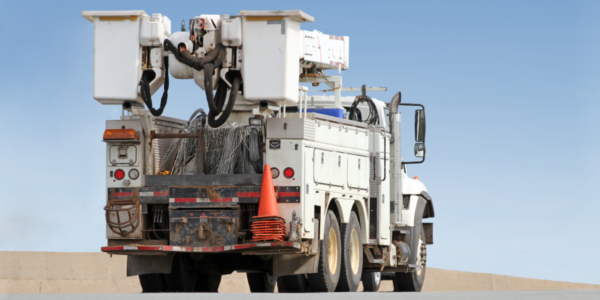
This week, Utilimarc announced the signing on of new customer, Consumers Energy to their Business Intelligence Platform for fleets. Consumers was in need of additional insights and reports that all forms of end users could count on to track fleet performance and core KPIs – to ensure better service for their customers, plan for new technology adds and to ensure the optimization of their current fleet assets.

We all know that understanding your fleet’s data is vital. Especially so as new technologies emerge, and you’re looking to either improve cost efficiencies or implement new programs of acquisition and adoption.
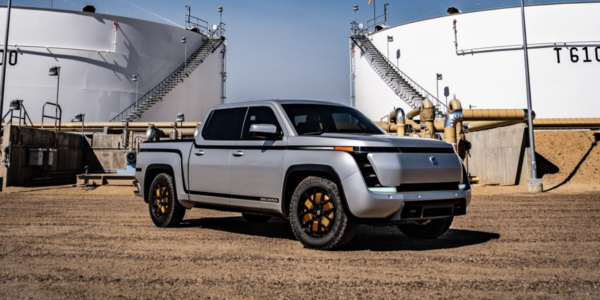
Electric vehicle implementation is a strategic move that could mean different things for each company. As we have seen, each fleet has very different plans and reasons for implementing EVs. Read on to learn more.

“If you have the data you need in order to be able to report back on it to your user base, then a visualization through a dashboard or a scheduled PDF is a great way to facilitate that behavioral change.”
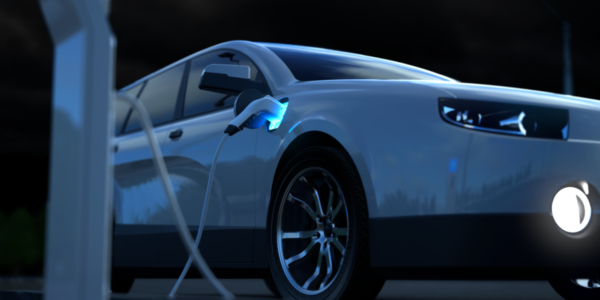
Range anxiety is a huge issue for fleet operators, drivers, manager and directors – especially when it comes to a new battery technology that has primarily relied on more anecdotal data than real world examples. But, can you blame them?

We’re breaking down sustainability from a new angle – focusing on what exactly makes this new technology sustainable, and whether or not the hunt for materials used to create batteries is as sustainable as you might think.

Electric vehicles can be a surprisingly polarizing topic – you have those with valid concerns, and those who can’t help but sing their praise. But then you also have a group that are simply keen to learn more – about the benefits, the downsides and everything in-between.
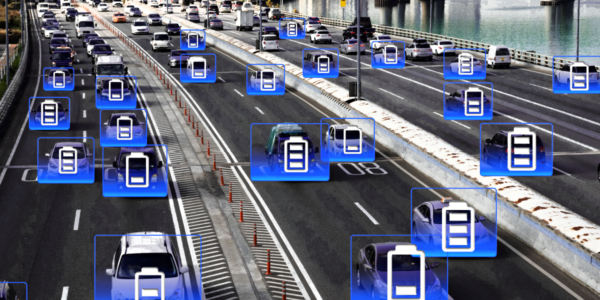
Leasing fleets assets rather than a large purchase can be beneficial to fleets for a variety of reasons. For some, it may be that more real-world data is required before they fully take the plunge and spend a large portion of their operating budget on upgraded assets.

Mailing and shipping entities are always on the move – trying their best to ensure on-time deliveries across many miles in every country. Lately, the city fleets of entities like Amazon, UPS and FEDEX have been turning to electric delivery vans. But what’s driving the change?

The Monthly Hotlist will air during the last week of every month, making sure you’re caught up on top stories, new technology launches and new initiatives that’ll surely have people talking.

As with any new technology, you have some that are excited, some on the fence and some caught up in concerns. Fleets around the world have suggested that when the technology becomes available, that they’ll electrify. But for those that haven’t yet, what might their concerns be?

This week on the Fleet FYIs Podcast I’m joined again by the Executive Vice President of Operations for Quanta Services, INC., Dave Meisel, and this week, we’re taking a look at what we can look forward to in fleet this year.

If you ask any fleet manager today, they’ll tell you that the electrification of fleets is no longer simply on the horizon – it’s here. Fleets nationwide are showing an interest in electric vehicles – more than ever before. But are they really suitable for all regions of operation?

There are a lot of pros and cons to weigh out – whether or not it works for the type of work your fleet does on a daily basis, if your region is suited to hosting an electric fleet (with its current infrastructure) and whether or not your organization is willing to do a deep dive into it’s data to ensure the return on their investment is worth it.

With the aim of reducing their direct and lifecycle emission output, they have pledged that all of their vehicle offerings are set to be tailpipe emissions-free by 2035, and the company will be completely carbon-neutral by 2040.

In recent years, the U.S. has been trying to make waves when it comes to being more climate friendly. When authorities in the U.K. and Europe have promised to be fully electric when it comes vehicle manufacturing by 2035, many might wonder where exactly the U.S. fits in.

As fleet managers determine which aspects of their fleet can be fully electrified, they’ll need to turn to infrastructure planning to ensure that they have the charging capabilities to serve their new electric assets.

For the electric pickup to be successful within the industry, OEMs will have to work hard to deliver a vehicle that meets real range needs, and fleet managers will need to change the culture of their organizations to accept this new technology.